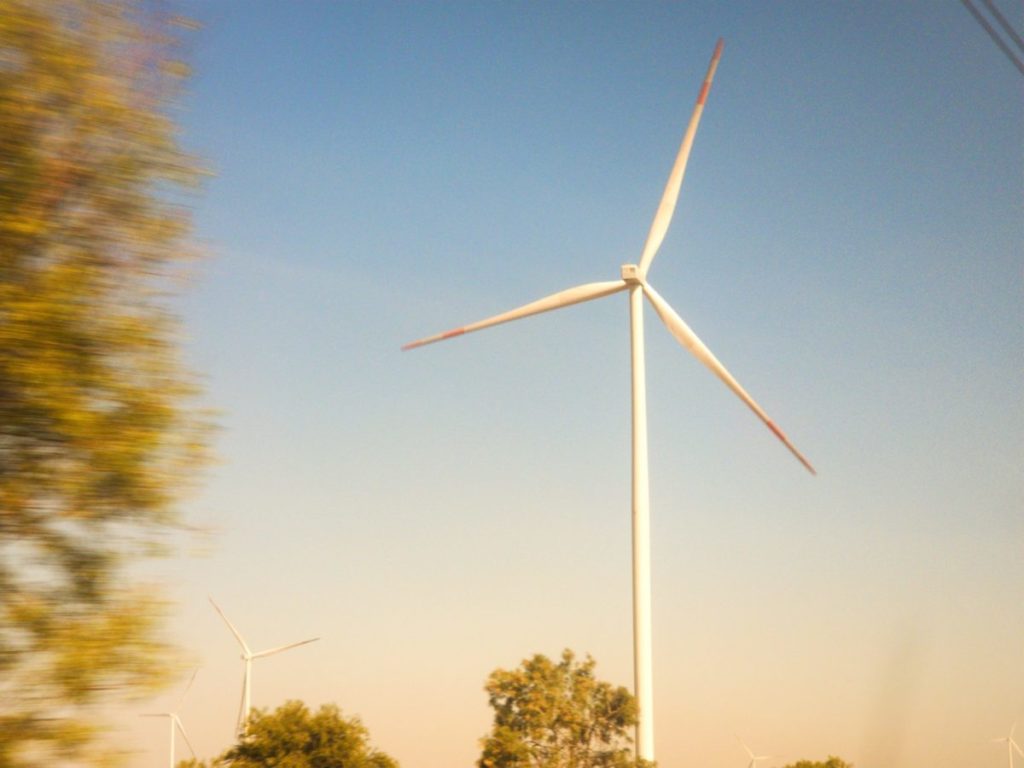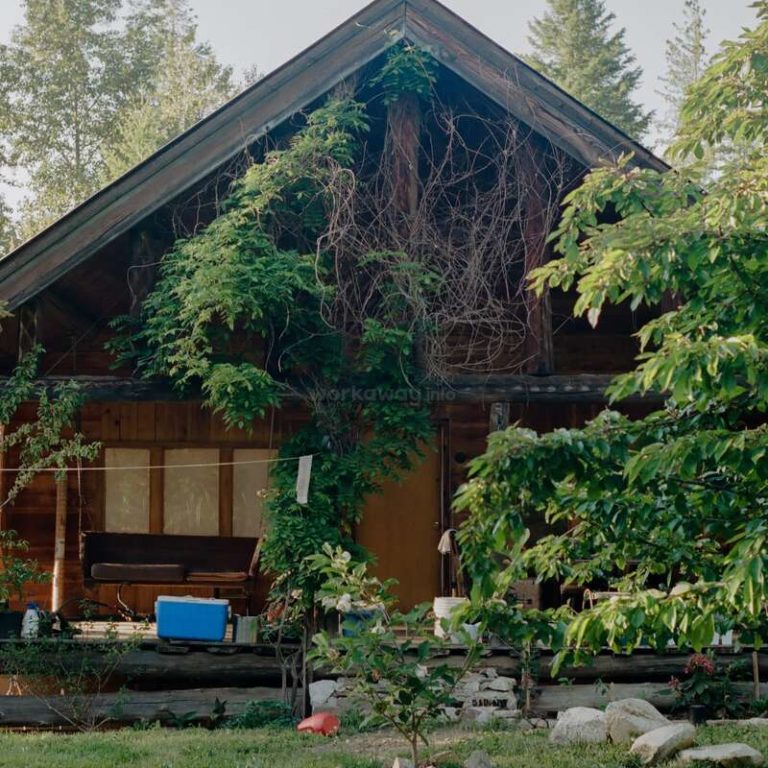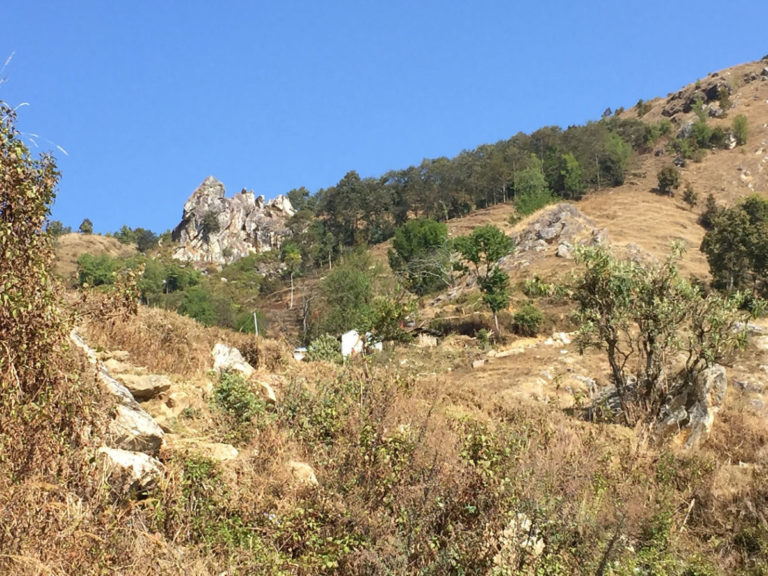Wind power, the process of harnessing the kinetic energy from wind to generate electricity, has emerged as one of the most promising forms of renewable energy.
With growing concerns about climate change and our reliance on fossil fuels, many homeowners and businesses are turning to wind turbines to tap into this free and sustainable source of power.
We’ll explore the benefits and potential challenges of installing a residential or commercial wind turbine system, and provide actionable information on how to make the most out of wind energy for off-grid living.
Assess your site
Determine if your location is suitable for wind power by evaluating the wind resource, noise restrictions, and visual impact.
Wind speed and direction are critical factors in determining the potential energy output of a wind turbine.
You’ll want to consider the average wind speed at your location, as well as the consistency of the wind direction.
Ideally, you’ll want to choose a location with consistent winds of at least 7-10 mph to ensure maximum energy production.
You’ll want to evaluate any potential wind shadow effects, which can occur when buildings or other structures block the wind, reducing the amount of energy that can be produced.
Noise restrictions can also impact the suitability of your location for wind power.
Wind turbines can generate noise, particularly during periods of high wind, and this noise can be disruptive to nearby residents.
Many local governments have noise ordinances that restrict the amount of noise that can be generated by wind turbines.
You’ll want to ensure that your location is in compliance with any noise restrictions in the area before proceeding with a wind power installation.
Visual impact is an important consideration when evaluating the suitability of your location for wind power.
Wind turbines can be tall and conspicuous, and they may not be well-suited for areas with strict aesthetic requirements.
If your location has strict zoning regulations or other visual requirements, you may need to consider alternative options for wind power installation.
However, many modern wind turbines are designed to be visually appealing and can blend in with the surrounding landscape.
Overall, evaluating the wind resource, noise restrictions, and visual impact are all important considerations when determining if your location is suitable for wind power.
By carefully considering these factors, you can ensure that your wind power installation is both effective and compatible with your surrounding environment.
Choose the right turbine
Select a turbine that fits your energy needs, budget, and site conditions. Consider the size, power rating, and type of turbine (e.g., horizontal-axis or vertical-axis).
When selecting a turbine that fits your energy needs, budget, and site conditions, it’s important to consider the size, power rating, and type of turbine.
The size of the turbine should be determined by the energy needs of your home or business, as well as the available space for the turbine.
A larger turbine will produce more power, but it will also require more space and may be more expensive.
The power rating of the turbine should be chosen based on your energy needs, and it should be sufficient to meet your electricity demands.
There are two main types of turbines: horizontal-axis and vertical-axis.
Horizontal-axis turbines are the most common type and are typically more efficient, but they require more space and can be noisier.
Vertical-axis turbines are more compact and can be more suitable for small-scale installations, but they are often less efficient and more expensive.
It’s also important to consider the site conditions when selecting a turbine.
The turbine should be installed in a location with good wind speeds and minimal obstructions.
It’s also essential to ensure that the turbine is installed by a qualified and experienced professional to ensure proper functionality and safety.
By carefully considering the size, power rating, type, and site conditions, you can select the perfect turbine for your energy needs and budget.
Obtain permits
Secure necessary permits and approvals from local authorities before installing your wind turbine. This may include building permits, zoning permits, and electrical interconnection agreements.
Before installing a wind turbine, it is important to secure necessary permits and approvals from local authorities.
This may include building permits, zoning permits, and electrical interconnection agreements.
Building permits are essential to ensure that the turbine is constructed in compliance with local building codes and regulations.
Zoning permits are required to ensure that the turbine is located in an area designated for wind energy systems.
Electrical interconnection agreements are necessary to connect the turbine to the power grid and ensure that it can supply electricity to your home or business.
These permits and approvals are critical to the successful installation and operation of your wind turbine, and failure to secure them can result in costly delays or even the turbine’s complete shutdown.
Therefore, it is imperative to research and understand the local regulations and requirements before installing a wind turbine.
It is advisable to consult with local authorities and experts to ensure that all necessary permits and approvals are in place before commencing with the installation process.
Install the turbine
Hire a professional installer to set up the turbine and electrical components. Make sure the installation is done correctly and safely.
When it comes to setting up a wind turbine system, hiring a professional installer is essential to ensure a successful and safe installation.
The turbine and electrical components require precise installation and configuration to ensure optimal performance and prevent any potential hazards.
A professional installer has the necessary training, experience, and equipment to properly install the system, including the wind turbine, tower, and electrical components such as inverters, transformers, and switchgear.
A professional installer can provide valuable insights and recommendations on how to maximize the system’s performance and longevity.
It is important to prioritize safety during the installation process, as improper installation can lead to accidents and damage to the system.
By hiring a professional installer, you can rest assured that your wind turbine system will be installed correctly and safely, minimizing the risk of any potential hazards or malfunctions.
Connect to the grid
If you want to sell excess energy back to the grid, you’ll need to install an electrical interconnect system that meets local standards.
If you’re looking to sell excess energy back to the grid, one important step is to install an electrical interconnect system that meets local standards.
This system enables the bi-directional flow of electricity between your home and the grid, allowing you to sell excess energy generated by your solar panels or wind turbines back to the utility company.
The specific requirements for electrical interconnect systems vary by location, so it’s essential to consult with a licensed electrician or your local utility company to determine the appropriate system for your area.
When selecting an electrical interconnect system, look for one that is UL-certified and meets the requirements outlined in the National Electrical Code (NEC).
This ensures that your system is safe, reliable, and compliant with local regulations.
Consider the capacity of the system and choose one that can handle the amount of excess energy your renewable energy sources can generate.
In addition to the electrical interconnect system, you may also need to install a metering system that tracks the amount of energy you’re generating and consuming.
This information is essential for net metering programs, which allow you to offset your energy bills with the excess energy you’re generating.
By investing in a high-quality electrical interconnect system, you can ensure a safe, efficient, and profitable energy exchange between your home and the grid.
Monitor and maintain
Regularly inspect and maintain your wind turbine to ensure optimal performance. Monitoring systems can help you detect issues before they become major problems.
Regularly inspecting and maintaining your wind turbine is important to ensure optimal performance and minimize downtime.
A well-maintained turbine will operate more efficiently and have a longer lifespan.
Monitoring systems can help you detect issues before they become major problems, allowing you to address them promptly and avoid costly repairs or replacements.
These systems can monitor temperature, vibration, and other parameters to identify potential problems before they escalate.
For example, if a monitoring system detects an increase in temperature in the generator, it may indicate a problem with the bearings or the winding insulation, allowing you to address the issue before it leads to a complete failure.
Regular maintenance can help you identify and address any inefficiencies in the turbine’s operation, such as excessive wear on the blades or the gearbox, which can improve its overall performance.
By prioritizing regular inspection and maintenance, you can ensure that your wind turbine operates at its full potential and minimize the need for costly repairs or replacements.
Consider battery backup
Invest in a battery bank to store excess energy produced by the turbine during periods of low demand. This can help you optimize your energy usage and reduce your reliance on the grid.
Investing in a battery bank can be a valuable addition to your renewable energy system, particularly if you have a turbine that produces excess energy during periods of low demand.
By storing this excess energy in a battery bank, you can optimize your energy usage and reduce your reliance on the grid.
For example, if your turbine is producing more energy than your home or business is using at a given moment, you can store that excess energy in the battery bank for later use.
This can help you save money on your energy bills by reducing the amount of energy you need to purchase from the grid.
Storing excess energy in a battery bank can also help you avoid the need for expensive grid upgrades or the installation of additional infrastructure to accommodate your renewable energy system.
Overall, investing in a battery bank can be a smart, cost-effective way to optimize your energy usage and maximize the benefits of your renewable energy system.
Evaluate and upgrade
Continuously assess your wind energy system’s performance and consider upgrading or replacing components as needed to ensure optimal energy production and minimize maintenance costs.
To maximize the performance of your wind energy system and minimize maintenance costs, it is essential to continuously assess its performance and consider upgrading or replacing components as needed.
This includes regularly monitoring the system’s energy production, wind speed, and other critical factors that affect its operation.
By keeping track of these metrics, you can identify any potential issues or areas for improvement and take corrective action before they become major problems.
For example, if you notice that your system’s energy production has been consistently below expectations, you may need to upgrade the turbine or blades to optimize its performance.
Similarly, if you find that the system is experiencing excessive wear and tear, you may need to replace certain components to reduce maintenance costs and extend the system’s lifespan.
By staying on top of your wind energy system’s performance and addressing any issues promptly, you can ensure that it operates at its best and provides the highest possible returns on your investment.
Want More? Dive Deeper Here!
Hey there! If you’re the type who loves going down the rabbit hole of information (like we do), you’re in the right spot. We’ve pulled together some cool reads and resources that dive a bit deeper into the stuff we chat about on our site. Whether you’re just killing time or super into the topic, these picks might just be what you’re looking for. Happy reading!






